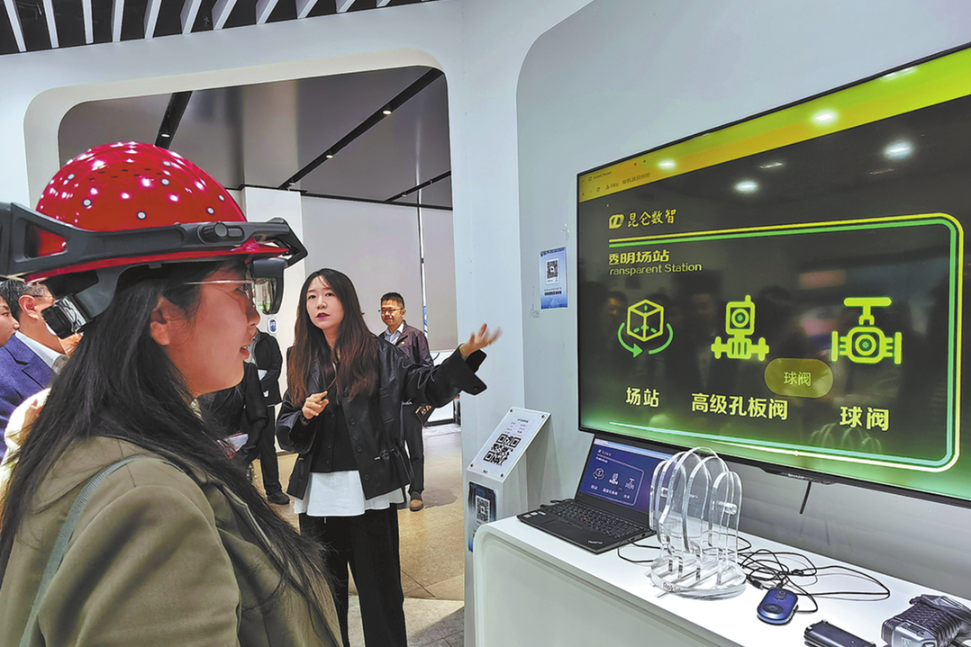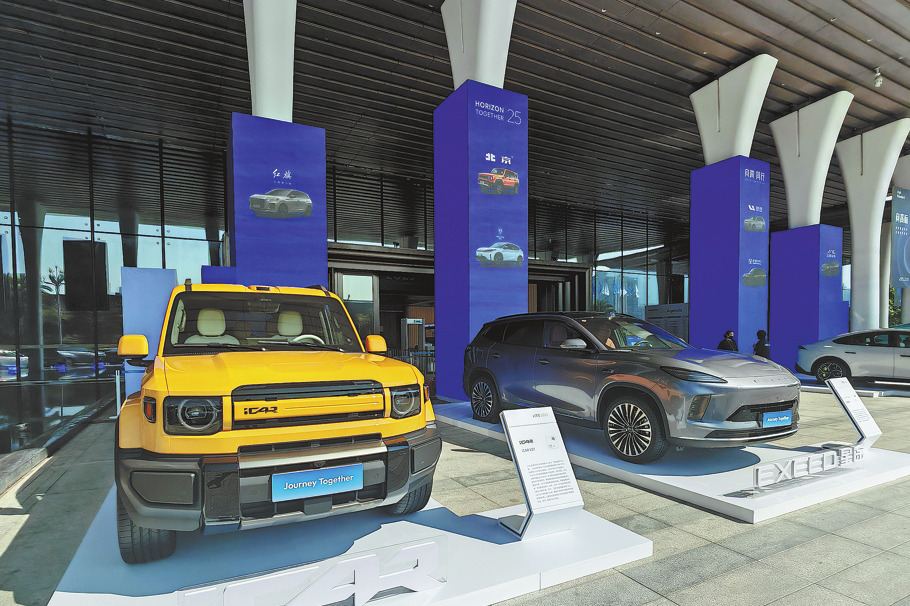Fashioning a career from culture
Designer cuts a dash with clothes that are both modern and traditional.

Yang Beibei describes her project, a series of fashion shows, Silk Road Impression-Chinese Fashion Art Exhibition, which she launched as curator, as "a window to showcase Chinese culture to the world".
In 2017, an exhibition showcasing 30 fashion pieces by about 25 contemporary Chinese designers, including Ma Ke, Guo Pei, Xiong Ying and Wu Haiyan, was held in Singapore, and curated by Yang.
Since then, she has worked with top Chinese fashion designers to introduce their work through the exhibition series, which toured eight countries, including Japan, Australia, Germany and Mexico.
In 2019, an exhibition in Egypt was held at an open-air theater in Cairo's renowned Opera House featuring a large collection of colorful dresses and costumes representing the essence of Chinese culture. Yang, who is also a veteran fashion designer, displayed her design through clothes inspired by China's 24 solar terms, a traditional calendar that summarizes different seasonal phenomena.
In 2020, she had to postpone the schedule of the fashion shows, planned to be held in four countries, New Zealand, Sri Lanka, Laos and Denmark, due to the COVID-19 pandemic.
To continue the journey, Yang, along with her team members, moved the fashion show to online platforms.
"The fashion shows have received warm feedback from the audiences worldwide because they get to know Chinese culture through Chinese fashion designers and their works. Though the pandemic forced us to change our plans, we still want to make it happen in an innovative way," says Yang.
On Sept 5, she displayed her works on a virtual fashion show and also gave a speech at one of the China Fashion Week's forums, with a theme of "Integration and Coexistence-Technology Reshapes Fashion", which was held in Beijing.
"Designers and brands embrace the latest technology to push the limits of design. Technology is transforming most aspects of the fashion industry, from the initial sketches, to fashion shows, to the individual online shopping experience," says Yang. "Virtual fashion shows benefit from the latest technology, which offer audiences an immersive experience."
Besides her virtual fashion show, Yang also brought out a virtual display of Suzhou's intangible cultural heritage items, such as weaving skills, Suzhou embroidery, Ming Dynasty (1368-1644) furniture and classical gardens of Suzhou.
Born and raised in Shangqiu, Henan province, Yang loved art as a child. Her father is an erhu (two-stringed bow) player and taught Yang and her younger sister to play the traditional Chinese musical instrument when they were children.
While her younger sister became a professional erhu player, Yang chose painting over the instrument because her childhood dream was to become a painter. She learned traditional Chinese and oil painting as a child. In 1990, Yang moved to Shanghai, where she began to study fashion design at Donghua University, formerly known as China Textile University.
"At that time, the job of being a fashion designer is not as popular as today. I chose the major because I love to paint and I love to paint beautiful clothes," recalls Yang.
Right after graduation, she got a job as a fashion designer in Shanghai and worked with a local fashion brand. In 1999, she went to Paris to study fashion design at the ESMOD (Ecole Superieure des Arts et Techniques de la Mode), which broadened her vision and developed her own style as a fashion designer.
In 2008, she moved to Benin, in western Africa, along with her husband, who worked for the China's embassy there. Yang worked with local fashion designers and models on projects bridging cultures between the two countries. She also launched painting classes to introduce Chinese painting techniques to local people of Benin.
"It's a great experience to share Chinese culture through fashion design," says Yang.
After a decade of working and living abroad, Yang returned to China in 2011 and joined the China International Exhibition Agency, a company under China Arts and Entertainment Group Ltd, the country's State-owned cultural enterprise that has performance and exhibition businesses worldwide.
Though her job with China International Exhibition Agency is a curator, Yang didn't stop designing clothes. Since 2011, she has been designing costumes for China Central Television (CCTV)'s programs and galas. One of the highlights is a gala in 2017 celebrating the Qixi Festival, often known as Chinese Valentine's Day-a traditional festival that falls on the seventh day of the seventh month of the lunar calendar. During the gala, Yang displayed 16 sets of clothes designed by herself, including one dress with a handmade magpie image on it. The legend has it that the Qixi Festival day was the only time in the whole year when the cowherd and weaving maid could meet each other. On that day they would come together across a colorful bridge formed by all the magpies in the world, connecting the two sides of the Bright Galaxy.
"I always wanted to create something that would deliver a message showcasing the beauty of Chinese culture," Yang says.
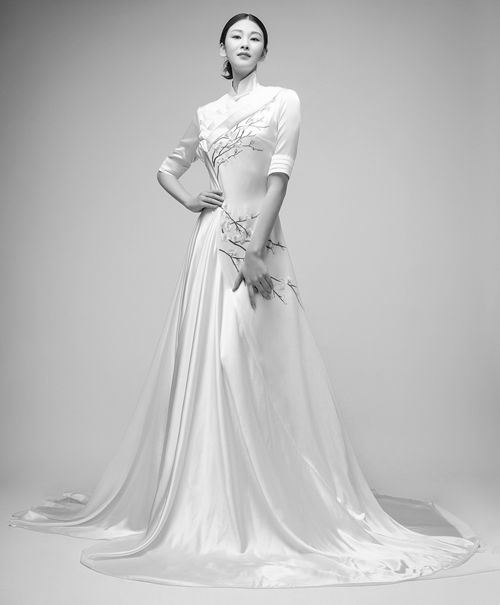

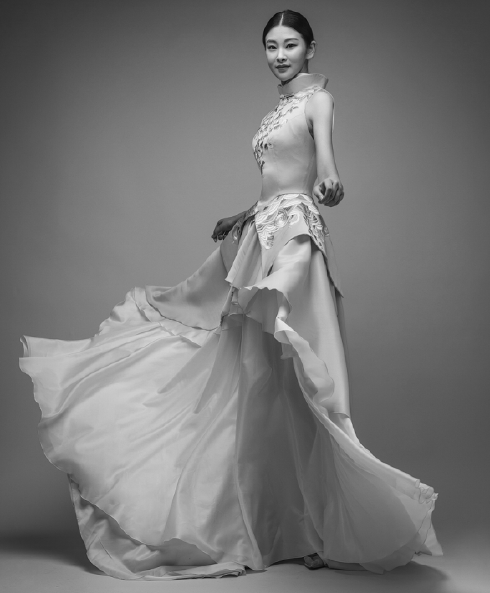
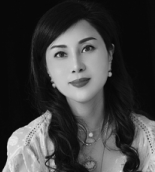
Today's Top News
- Jimmy Lai found guilty of violating national security law
- Hong Kong court opens session to deliver verdict on Jimmy Lai's case
- China's economy posts steady growth in Nov
- Death toll rises to 16 in Sydney's Bondi Beach shooting
- Firm stance on opening-up wins praise
- World looks to new engines for growth in 2026


















